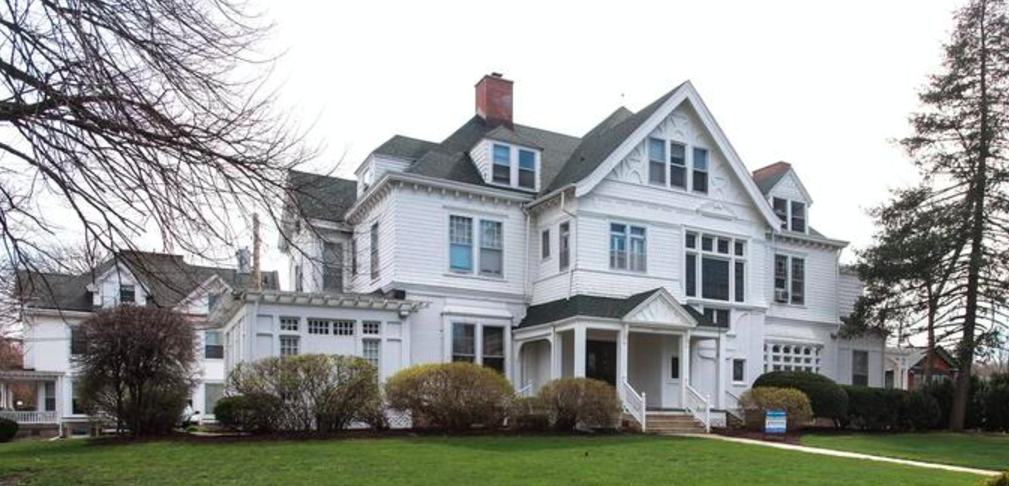I’m writing to express support for the Unit 4 referendum, but also to shed light on a problem with the School Board’s acquiring space for the Central High expansion. The Board optioned the nine properties they plan to destroy with little thought for their historic importance or their value to neighborhood character. Most important of them is the Burnham House at 603 W. Church, whose significance, both architecturally and in relation to local history, warrants far more consideration than to allow it to be demolished for a parking lot.
This grand Queen Anne style house was designed and built in 1883-84 by Burnham & Root, one of the most prestigious architectural firms of its time, which had much to do with creating the first generation of the American skyscraper in Chicago. Among their commissions still standing there are the Rookery and the Monadnock Building; John Wellborn Root died prematurely while working on the Reliance Building. Daniel H. Burnham went on to supervise construction of the 1893 World’s Columbian Exhibition, and propose a grand plan for the city of Chicago, among several others. Burnham & Root also built residential structures, few of which remain today, which makes the local Burnham House still more important.
The Burnham House is equally significant in having been built for Champaign benefactors Albert C. and Julia F. Burnham. Albert was one of the first bankers in the city, who from 1876 partnered with Ross Mattis and J. R. Trevett (both of whose homes are local historic landmarks facing West Side Park). Julia was one of the first women in Illinois to serve on a public school board, along with being active in local and state organizations. She was the driving force that established Champaign’s first hospital, and he donated funding and had it named for his wife, who did not live to see its completion. Shortly later, he provided funds and the property for the city’s first permanent public library, the Burnham Athenaeum, still standing on W. Church north of West Side Park. The Burnhams’ success and prominence benefited Champaign greatly, and their home should be celebrated as a memorial to them, not flattened merely to provide space for cars to park.
Central High is also historic, and it should remain in its current location, as it must also expand to create an updated place for learning. Surely, however, it can do that without destroying one of the most significant buildings in our community. There are other solutions to the parking issues, but they require the will to seek them out. It is my hope that the School Board, once past this coming referendum, can be convinced to reconsider elements of its current plan to recognize and respect the importance of the Burnham House and preserve it as a powerful connector to the historical past of our community. If you agree, I urge you to contact the School Board and ask them to rethink their plans. This destruction of our heritage is unnecessary and wasteful.
Susan Appel, Champaign








